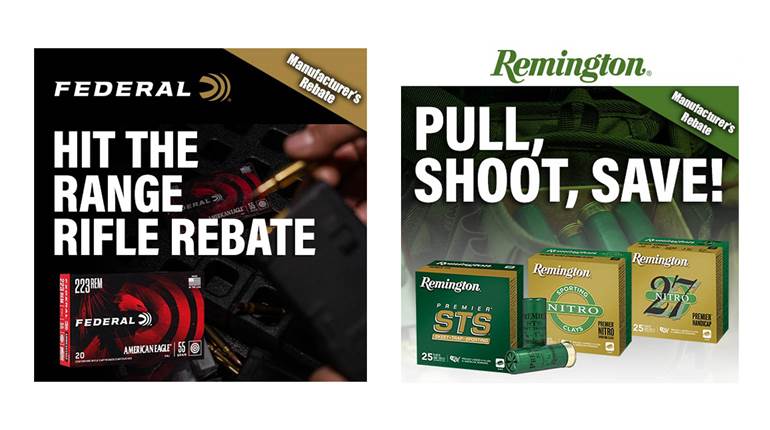
I remember 1973 well. I had this former-professional-football-player-turned biology teacher who put a snake in a cheerleader’s purse one day. She shrieked, jumped from her seat, raised imaginary pompoms and cried, “Yeah team, fight, fight, fight.” The snake was unimpressed, but the display burned into my brain the power of autonomic reflexes, muscle memory, and I never missed another of my high school’s football games.
Streamlight was founded that same year, and unlike the involuntary subject in an experiment that would result in mandatory counseling for witnesses, the company’s products savored danger from the beginning. Over the course of 40 years, Streamlight has gained a reputation for building quality gear for law enforcement, first responders and outdoorsmen.
Weaponlights and lasers are part of Streamlight’s lineup now, and I’ve been very pleased with the performance of my TLR-1. When the TLR-2G arrived for testing, its profile, eye-catching green laser and slender, single-battery operation tickled a few memories.
It’s billed as weighing 4.58 ounces by the company, with the provided battery, although mine tipped the scales at 4.5 ounces. The main body measures 3.090 inches long, but the activation paddles (it’s ambidextrous, by the way) add another .3 inches. That’s a good thing, though, because finding those on-off switches is nearly intuitive, even with gloves on in the dark.
The TLR-2G has a 1.47-inch waistline, and is 1.83 inches tall when measured from the top of the rail to the bottom of the unit. White-light output is 200 lumens, which is more than adequate to momentarily daze a perp or illuminate a standard-sized room.
The main body is constructed of 6000-series, machined aircraft-grade aluminum and it has the rugged feel of a weaponlight. A polymer housing rounds out the unit. Everything is flat black, as it should be, with the exception of a thin silver ring encircling the LED housing, Streamlight model number, website and that annoying bright-yellow, legally mandated warning label that details how pointing the laser at a perpetrator may permanently damage his eyesight worse than the case of lead poisoning he’s about to get if he doesn’t cease and desist.
It mounted instantly on my Springfield XD, and according to Streamlight will do so with anything having Picatinny rails. A five-key kit included with the TLR-2G allows you to adapt it to a variety of other rail systems.
Once mounted, the activation paddles are close to the front of the trigger guard. In my case, the right-side paddle was just below where my index finger rests along the frame during a proper drawstroke. Finding it was fast and easy. From the right side (directions are reversed on the left side), pushing down turns on the constant-lighting mode and up provides temporary activation. Tap twice, fast on the upstroke and the strobe function comes on. To keep the strobe going, tap twice, then move real fast to the constant position.
That’s the source of my only complaint. There’s a bad guy in the house, he may be armed and it’s dark, yet I’m supposed to remember that? It’s eerily reminiscent of the Tony Orlando and Dawn song: “Tap Three Times” if you want to strobe me. Thankfully there’s a way to disable the mode by (and I’m not making this up), “…tapping the momentary switch ten times very rapidly and holding down the tenth time…” There’s more to the instructions, so I’ll stick with the regular light function for now. If the unthinkable happens and I inadvertently activate the function, I’ll confront the criminal in disco style.
A small and protected switch found at the back of the weaponlight allows you to choose modes. Leave it in the center and you get white light. Turn it to the left and you get only the laser. Toss it to the right for both laser and light. Dial it to your preferred setting and forget it.
Green lasers are slightly more visible to humans, thanks to evolution, but they go through battery power fast. With the TLR-2G, expect that single battery to last about 1.25 hours when using the light and laser simultaneously. The unit also comes with a small Allen wrench for adjusting the laser’s windage and elevation. MSRP is $550, but Streamlight’s limited-lifetime warranty means it could be the last weaponlight you’ll ever need to purchase.
The user manual also states the laser’s operation temperatures are between 32 degrees and 104 degrees Fahrenheit, which I thought odd. So after the weaponlight passed a brief range test with flying colors, I ran my usual freezer test. The unit is water resistant, so I only covered the LED and reflector housing in water and tossed it next to the okra. The laser on the TLR-2G actually projects through a hole in the LED’s reflector, so I surmised the relatively protected unit could function reliably somewhere below the freezing point.
The laser powered up, worked perfectly and continued to do so during its glamour photos. I’m sure 32 degrees is some sort of critical mark in the circuitry, and while this is far from a torture test, the unit survived, held zero and has the kind of operating controls ideal for self-defense. If I ignore the toe-tapping cadence required to engage strobe mode, I like this Streamlight a lot.
In all honesty, I pretty much knew how the freezer experiment was going to end. I’ve only been able to kill one weaponlight with similar efforts (so don’t place a lot of weight on the test), and back in high school even that cheerleader’s laser green eyes still pierced the layers of ice she put between us after the reptile incident. Where was her warning label?






































